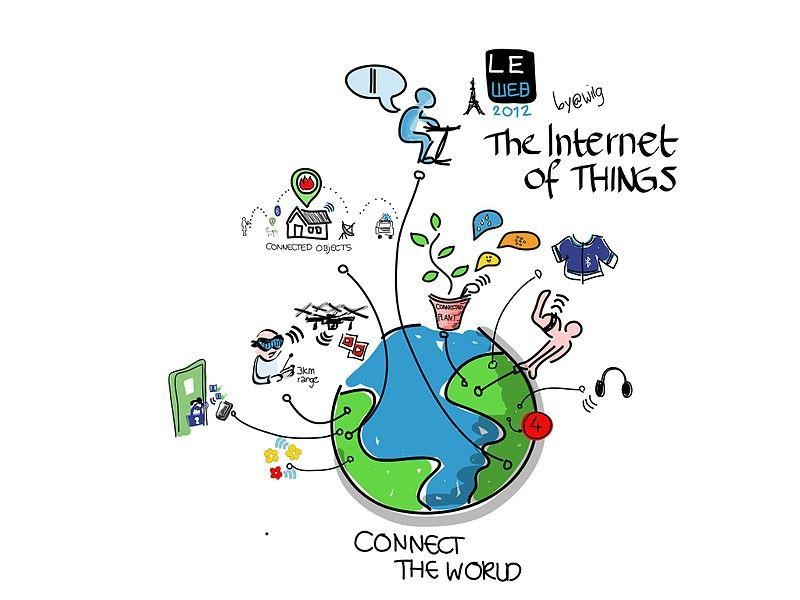The Industrial Internet of Things (IIoT) has an ever-larger foundation thanks to manufacturers developing their products with added software and sensors in addition to wireless connectivity. In turn, these connected products are fast becoming critical to the development of smart manufacturing.
With 55% of manufacturers stating they are in development or production with IIoT initiatives, this is a sector set to grow exponentially. Here we outline some of the challenges and opportunities.
The challenges
– No clearly-defined best practices for procedures such as connectivity, data storage and – somewhat surprisingly – security mean it will be necessary for manufacturers to work alongside service providers as they develop their strategies.
– The assumption of ubiquitous connectivity, such as that connectivity and the communication infrastructure will keep pace with IoT developments, is a challenge and risk that has to be noted.
– A currently-aging workforce, combined with a declining number of graduates in essential disciplines such as manufacturing and engineering, is delivering an expertise shortage that will not be solved quickly.
The opportunities
– Adapting processes with IoT can deliver reduced costs, optimised operations, lower consumption of resources, better productivity and improved customer service. Likewise, there can be product benefits including quality, better uptime and design changes plotted around real-time performance data. This is quite similar when it comes to Injection Moulding from sites like meadex.co.uk/services/#injection-moulding which allows for better quality, efficiency and less downtime to – The IoT ultimately gives manufacturers the chance to deliver products that can intelligently learn customer needs.
– The improved transparency that the IoT delivers can subsequently enhance brand reputation through improved product quality.
Do you want to take advantage of the IoT in your developments? Here are some quick points for you to consider:
– Place your highest value on IoT investments connected to your over-arching business requirements, such as improved customer centricity.
– Consider working with a partner that can create the best business case possible in addition to filling any technology knowledge gaps in your organisation.
– Take a long look at your integration requirements. These might be larger than first thought – understand these first before your progress with other projects.
The opportunities for IoT developments extend everywhere, even into food machinery for sale through auctioneers and brokers.
Take a look at the challenges and opportunities, review our considerations and you will be well on your way to IoT success!

